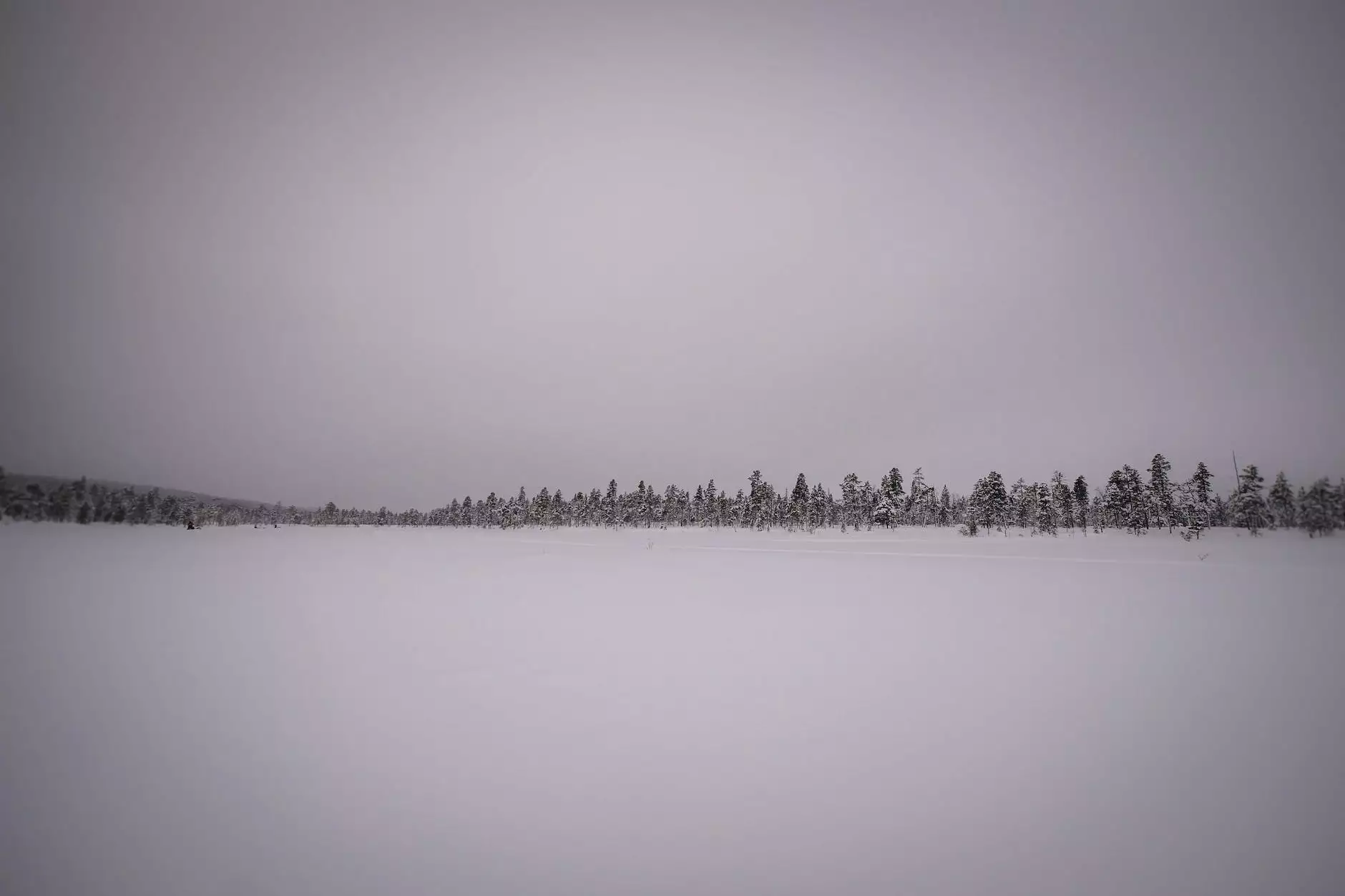Common Winter Lawn Pests and How to Get Rid of Them

When winter arrives, it can bring a whole new set of challenges for your lawn. Cold temperatures, frost, and lack of sunlight can weaken your grass, making it vulnerable to various pests. In this comprehensive guide, Oasis Landscapes & Pools will walk you through the most common winter lawn pests and provide effective strategies to eliminate them.
1. Snow Mold
Snow mold is a fungal disease that thrives in cool, moist conditions. It often appears as circular patches of dead, matted grass surrounded by white or pinkish-gray webbing. Snow mold can cause extensive damage to your lawn if left untreated.
Prevention and Treatment:
To prevent snow mold, avoid excessive thatch build-up by regularly dethatching your lawn. Additionally, ensure your lawn is properly aerated to improve air circulation. If you notice signs of snow mold, rake the affected areas gently to promote drying and discourage further growth. Applying a fungicide can also help control the spread of snow mold.
2. Voles
Voles are small, mouse-like rodents that burrow underneath the snow to create runways in your lawn. They can cause significant damage by gnawing on the roots and stems of your grass, leading to dead patches and thinning areas.
Prevention and Treatment:
To prevent voles, keep your lawn tidy by removing any debris or overgrown vegetation where they can hide. You can also install small-mesh wire barriers around trees and shrubs to deter them from nesting. If you suspect a vole infestation, set traps or use vole repellents to control their population.
3. Winter Annual Weeds
Winter annual weeds, such as chickweed, henbit, and hairy bittercress, can quickly invade your lawn during the colder months. These weeds thrive in the cooler temperatures and can compete with your grass for nutrients and space.
Prevention and Treatment:
To prevent winter annual weeds, maintaining a thick, healthy lawn is crucial. Keep your grass well-fertilized to promote vigorous growth and regularly mow it at the appropriate height to minimize weed establishment. If weeds do appear, use a selective herbicide specifically designed to target winter annuals.
4. Mole Crickets
Mole crickets are burrowing insects that can wreak havoc on your lawn during the winter. They tunnel beneath the soil, causing significant damage to the roots and leaving behind unsightly tunnels.
Prevention and Treatment:
Preventing mole crickets starts with proper lawn care practices. Regularly watering your lawn and mowing it at the correct height helps keep it healthy and less appealing to these pests. If you suspect a mole cricket infestation, treat your lawn with insecticides labeled for mole cricket control.
5. Chinch Bugs
Chinch bugs are tiny insects that feed on the grass by sucking out the sap, resulting in brown, dead patches in your lawn. They are more active during the warmer winter days when sunlight is available.
Prevention and Treatment:
To prevent chinch bugs, maintain a well-balanced lawn through proper watering and fertilization. Avoid overwatering, as it can create an ideal environment for their development. If you notice signs of chinch bug damage, use insecticides specifically formulated for chinch bug control.
Conclusion
Winter lawn pests can be a real nuisance, but with the right knowledge and strategies, you can protect your lawn from their destructive effects. Remember to stay vigilant, practice good lawn care techniques, and take appropriate preventative and treatment measures to ensure a healthy and pest-free lawn throughout the winter season.




